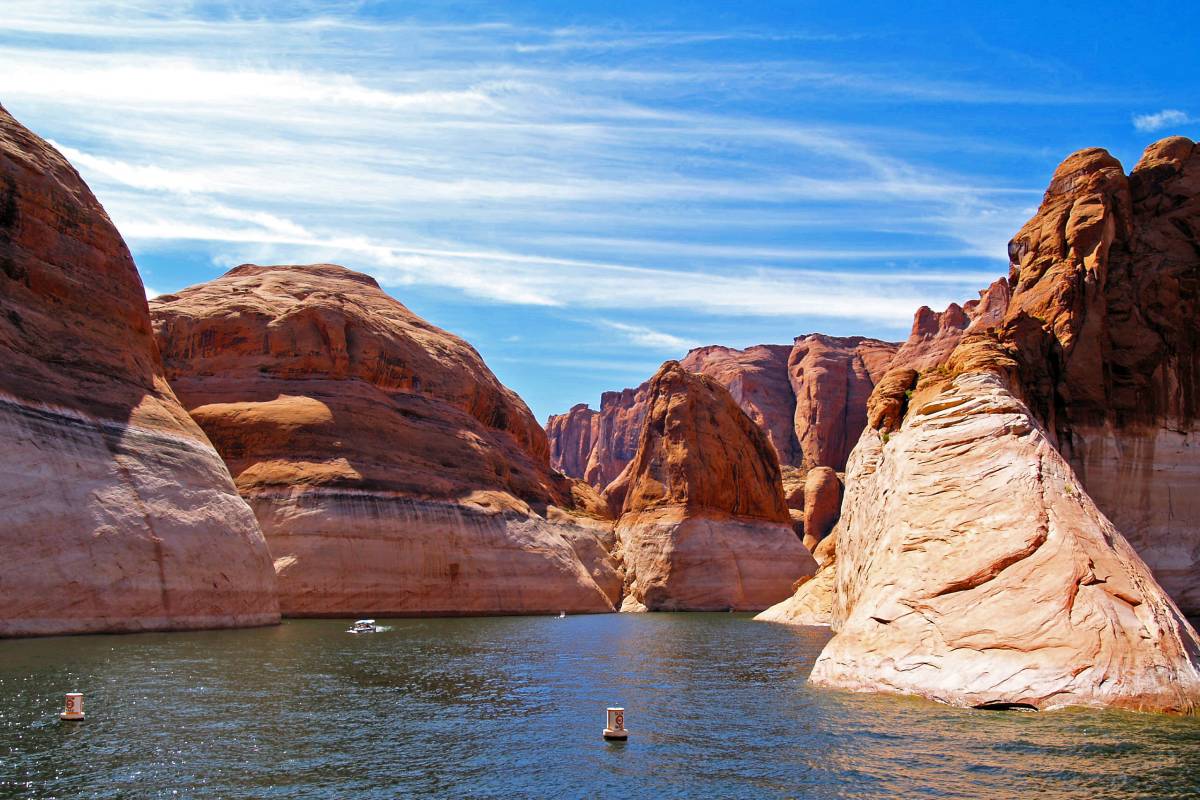
In this fourth installment of the Lake Powell Pipeline series, The Independent re-examines the statements of the proponents in regards to the finances of the project.
The questions are fair: Is the Lake Powell Pipeline going to cost too much? Do the proponent’s have a payback plan that is being kept secret? Do the proponent’s adjust their numbers in order to suit different audiences? Is the pipeline even necessary?
These issues and more have been raised brought up by the opponents of the pipeline: Zach Frankel of the Utah Rivers Council, Lisa Rutherford (advisor to Citizens for Dixie’s Future) and Jane Whalen (Board member of Citizen’s for Dixie’s Future.) Each opposes the pipeline for similar reasons: necessity, cost and what they have stated as murky figures in regards to financing and water supply figures.
These groups have provided numerous sources as evidence, citing the recent report by 21 Utah economists, reports by the Utah Auditor General, Fitch Ratings (an organization designated by the U.S. Securities and Exchange Commission) and even an edition of Washington County Water Conservancy District’s own publication, “Water Line.” Using those sources, they have put together a body of evidence showing that there are legitimate doubts about the need for the pipeline.
Yet the proponents also have their points as well. There is little doubt that Washington County is growing rapidly—although it has slowed from rates exhibited before the 2008 economic crash—and without a reliable source of water, that growth will be slowed.
Right now that [the environmental impact statement] is running through an analysis of several alternatives. Until we finally get the record of decision, it’s pretty hard to put a price you know is going to hold because it depends on which alignment we end up having approved. — Ron Thompson
Washington County Commissioner Alan Gardner said that the difference in tax bases between earlier projects in the county compared to the Lake Powell Pipeline project show that the overall effect on finances will be relatively easy to deal with.
“Quail Creek [reservoir] the cost of that was about 30 percent of the total tax base of Washington County. Lake Powell, we’re looking at about 10 percent. So looking on that basis, it’s significantly less. Yet had we not built Quail, where would we be?”
Ron Thompson, general manager for the Washington County Water Conservancy District, said one of the problems with the economist’s arguments is that they did not take into account that the financing and repayment plan are restricted by the bounds of the legal language that established the finances.
“It depends on whether you choose to ignore the law or you choose to impose your own opinion on it.”
Thompson also said that the water district has enough diverse revenue sources that the costs of the project will be mitigated.
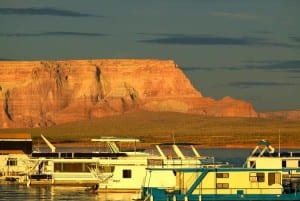
“The district’s revenues are fundamentally out of three or four sources. We have water rate revenue; we delivered last year a little over 8 billion gallons of water. We have impact fee revenue this year that will produce about 12 millions dollars. We have a surcharge revenue than can go up or down depending on where the economy is at. This year it generated a little over a million dollars. Then we have some hydropower revenue and miscellaneous sources.”
Thompson says that in the coming months, the discussion of the costs of the project will become more pertinent as the final environmental impact statement is released along with a record of decision. Only then, Thompson says, will the debate over costs be considered appropriate.
It’s not our division’s responsibility to tell the state or the community how it should grow or what the population should be. We get population projections from the governor’s office, and we try to make decisions to meet the demand projected by that office. We don’t say what the population is going to be; we have a responsibility to make sure there’s a safe and reliable source for whatever that is. There’s going to be a lot of opinions about how to do that. — Joshua Palmer
“Right now [the environmental impact statement] is running through an analysis of several alternatives,” Thompson said. “Until we finally get the record of decision, it’s pretty hard to put a price you know is going to hold because it depends on which alignment we end up having approved.”
Thompson stated that the project leaders will be submitting the final documents to the Federal Energy Regulatory Commission in the next month. Following that step, there will be a public comment period. Thompson says that it is his hope that everything will be in FERC’s hands by the end of April.
“They have two years to write the final impact statement,” Thompson said. “Then they’ll come out with record of decision. Once that’s out, we’ll start designing, have final cost estimates and put our finance package together.”
Thompson says that people often mistake what the role of the conservancy district is. He says the people often tell him that he should control growth, but that is not what his job requires.
“I say wait a minute, our job is to provide what our elected leaders tell us to do. They set growth policy. We react to that and build water systems that will meet what that policy is. Right now, the state says we’re growing at half a million people plus. Our economy is growing at two or three times faster than the rest of the state. We need to have a plan to develop a water supply to meet those needs.”
Joshua Palmer, public information officer for the Utah Division of Water Resources, says that when it comes to cost estimates, the Division looks at a range of prices and not one figure. Like Thompson, he agrees that it is too early in the process to have an accurate gauge of finances..
Palmer disagreed that the repayment plan is being withheld. He says that the plan is outlined in the Lake Powell Pipeline development act.
“Our division was given the responsibility of managing that process in accordance with the act. It’s important that any kind of estimate utilize the methodology that is already outlined in the act,” Palmer said. “It’s also important that we take future population projections into account. It’s not what we have today but what the population is at the time it is built. It’s important to recognize that they’re not going to be paying for it all at once. There’s a block system where they essentially pay for it as they contract with different blocks, different parts of that overall allocation. That also makes a difference.”
Palmer stated that while there were disagreements between the proponent of the Lake Powell Pipeline and those who oppose it, the Utah Division of Water Resources welcomed dissent and invited their feedback.
“We’re in the process of evaluating the [economists’] report, and we’d like to sit down with its authors and compare and contrast some things to be clarified. We want to sit down with anybody who has an interest in the project.”
Palmer echoed the sentiments of Thompson that it was not the duty of the Division of Water Resources to enter into discussions about limiting growth.
“It’s not our division’s responsibility to tell the state or the community how it should grow or what the population should be. We get population projections from the governor’s office, and we try to make decisions to meet the demand projected by that office. We don’t say what the population is going to be; we have a responsibility to make sure there’s a safe and reliable source for whatever that is. There’s going to be a lot of opinions about how to do that.”
Palmer said that despite the dissenting views, he feels that all interested parties should sit down and discuss what those differences are.
“I’m sure there’s a lot we can all learn from each other.”
RELATED ARTICLES:
The Lake Powell Pipeline, Part III: An analysis of the proponents’ arguments
The Lake Powell Pipeline, Part II: Why the pipeline is necessary
The Lake Powell Pipeline, Part I: boon or boondoggle

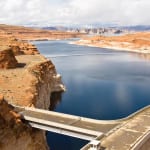
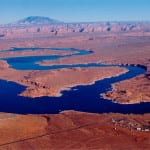
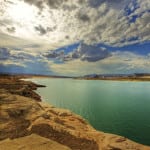



I find it interesting that Mr. Thompson says the politicians have given him his marching orders through the 2006 Lake Powell Pipeline Act and asserting he’s just doing what he’s been told to do: provide water for Washington County. That’s too simple. Mr. Thompson goes to the legislature regularly to argue that the pipeline is needed and there will be dire consequences without it. Any citizen can listen to committee hearing audio and hear his pleas. Also, any citizen who reads the district’s WaterLine publication knows that time and again Thompson and other pipeline proponents are touting the need for the project. They are not just doing what the state law has told them to do; they are actively promoting it and manipulating the population figures and water usage figures to show the need. We’ve gone from a projected 860,000 people in 2060 to around 581,000 and are using around 270 gallons per capita compared to the 335 gallons per capita, and yet, the pipeline is still necessary? As stated in Don Gilman’s part III article on the pipeline, Thompson says he can provide 105,000 acre feet of water per year WITHOUT the pipeline. That would support 571,834 people at 164 gallons per capita per day, an amount that other areas have already achieved quite handily. While Washington County grows into really needing the extra water, if at all (!), the state will be holding the bonds, paying interest – strangling the state’s ability to pay for other really essential future needs.
Bottom line as I see it- As the ‘developers are counting their projected, gold mine source income, They see the possibility that the greater St. George area can out due the Las Vegas valley if the water is there. Question is, does the normal person in Washington County want that? I say, put it on the ballot. If the people say yes, and can put up with the smog to come, build it.
Example: Remember the promises made with OBAMACARE?